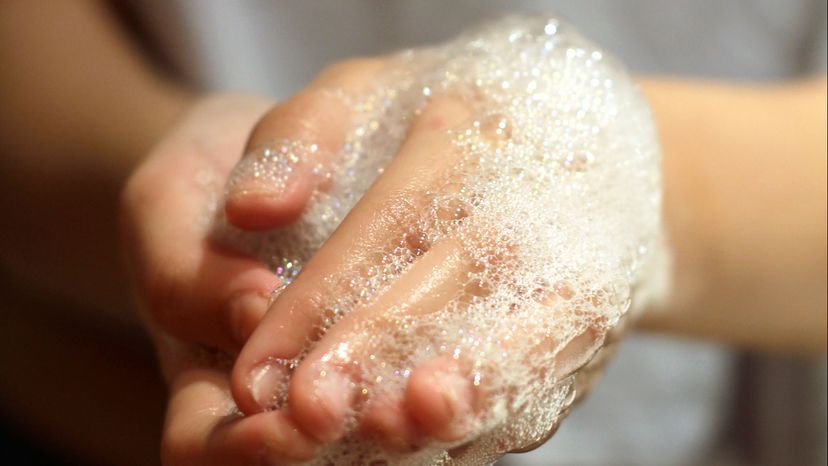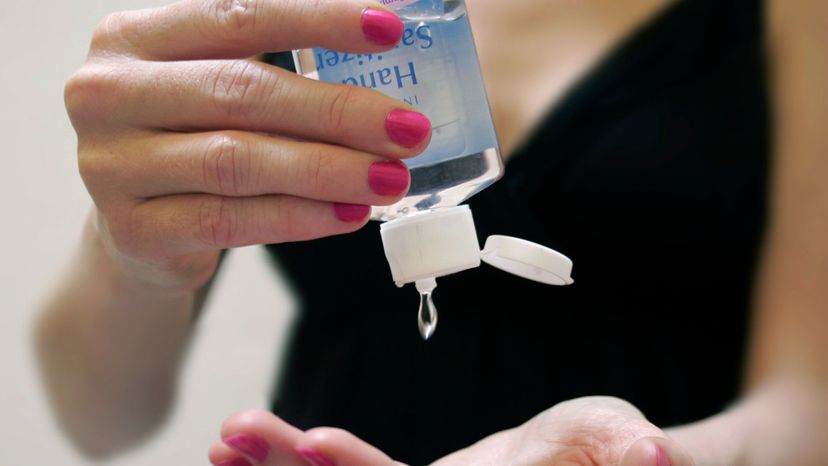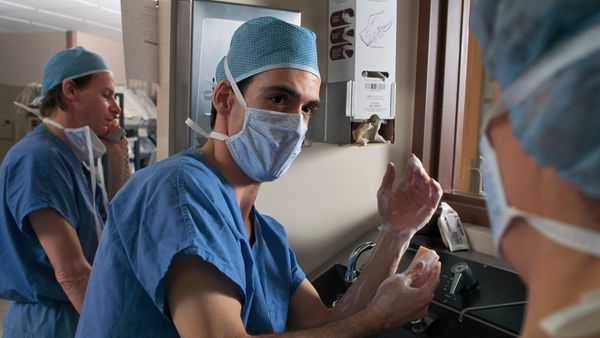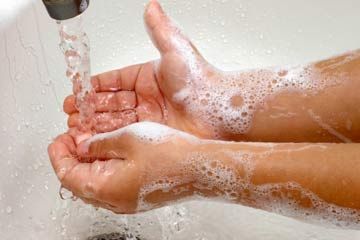
If you've been following the news (or just visited a grocery store in the U.S.), you're probably aware that with the coronavirus outbreak, hand sanitizer has gotten very hard to find. However, soap still seems to be in good supply.
Yet, to keep yourself safe from this virus, the Centers for Disease Control and Prevention (CDC) recommends hand-washing first – and using hand sanitizer only as a backup if you can't wash your hands.
Advertisement
"Proper hand-washing is the safest, most efficacious, least expensive and readily available method to prevent disease," says Dr. Greg Poland, representative for the Infectious Diseases Society of America (IDSA) and professor of medicine and infectious diseases at the Mayo Clinic in Rochester, Minnesota.
So, why would plain old soap and water be more effective against germs than an alcohol-based hand sanitizer?
"When you are physically washing your hands you're doing three things," Poland explains. "You're removing visible dirt and mucus, you're using a soap that decreases surface tension and you're physically, by friction, loosening, removing and washing away whatever is on your hand." Which would include germs you cannot see.
The CDC points out that studies have shown that soap and water is more effective than hand sanitizer at removing certain bugs like Cryptosporidium, norovirus and Clostridium difficile, all of which cause diarrhea.
And hand-washing is especially effective for very dirty hands, such as those you get from gardening, playing sports or wiping a runny nose with the back of your hand. "If your hands are visibly soiled, hand sanitizer can't get to all the skin's surfaces," Poland says. "And if your hands have mucus on them hand sanitizer cannot penetrate." Remember, if you have flu, the flu virus is in that mucus. Several studies have shown that hand-washing got rid of the flu virus from hands much faster than hand sanitizer did.
Advertisement


